Technology is changing the way we shop; it’s never been easier to search for something we want and buy it with the click of a button. Brick-and-mortar stores are constantly fighting to keep up with e-commerce. They are thinking outside the box to give customers something that simply cannot be replicated online. One strategy that has really gained steam is experiential retail, where customers engage with unique in-store personal experiences.
How are retailers using experiential strategies to bring customers back to in-store?
Winter apparel brand Canada Goose, created a “Cold Room” in its Boston store for customers to test out their parka jackets at temperatures as low as -27 degrees Fahrenheit.
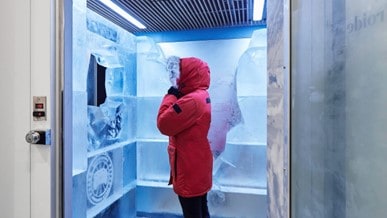
In China at fashion retailer ENG’s (Explore, Navigate, Generate) Shanghai store, customers can shop from 24/7 sneaker vending machines. The vending machines allow consumers to purchase products directly, without the assistance of sales associates.
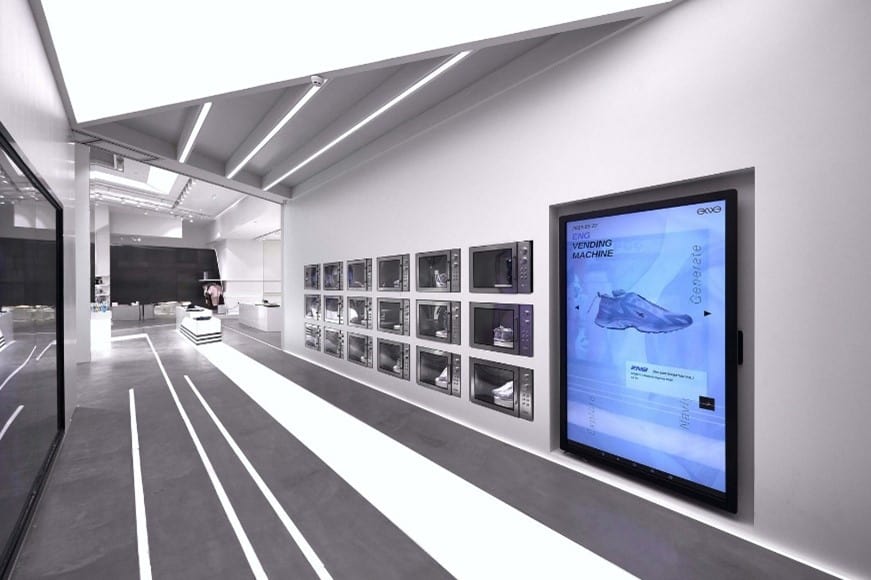
Sportswear brands have been among the most adventurous and inventive of retailers in the emergent world of experiential. Adidas’s impressive 5th Avenue store in New York, complete with juice bar, mini running track, live sports viewings, and print shop, is as an outstanding example.

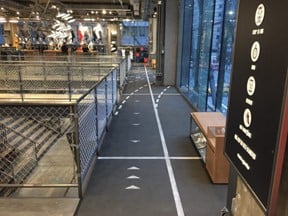
High-end yoga wears brand Lululemon really epitomises a brand that’s truly living its values. Their stores in the USA hold weekly yoga and dance classes, as well as providing a fitness studio, and communal meeting spaces.
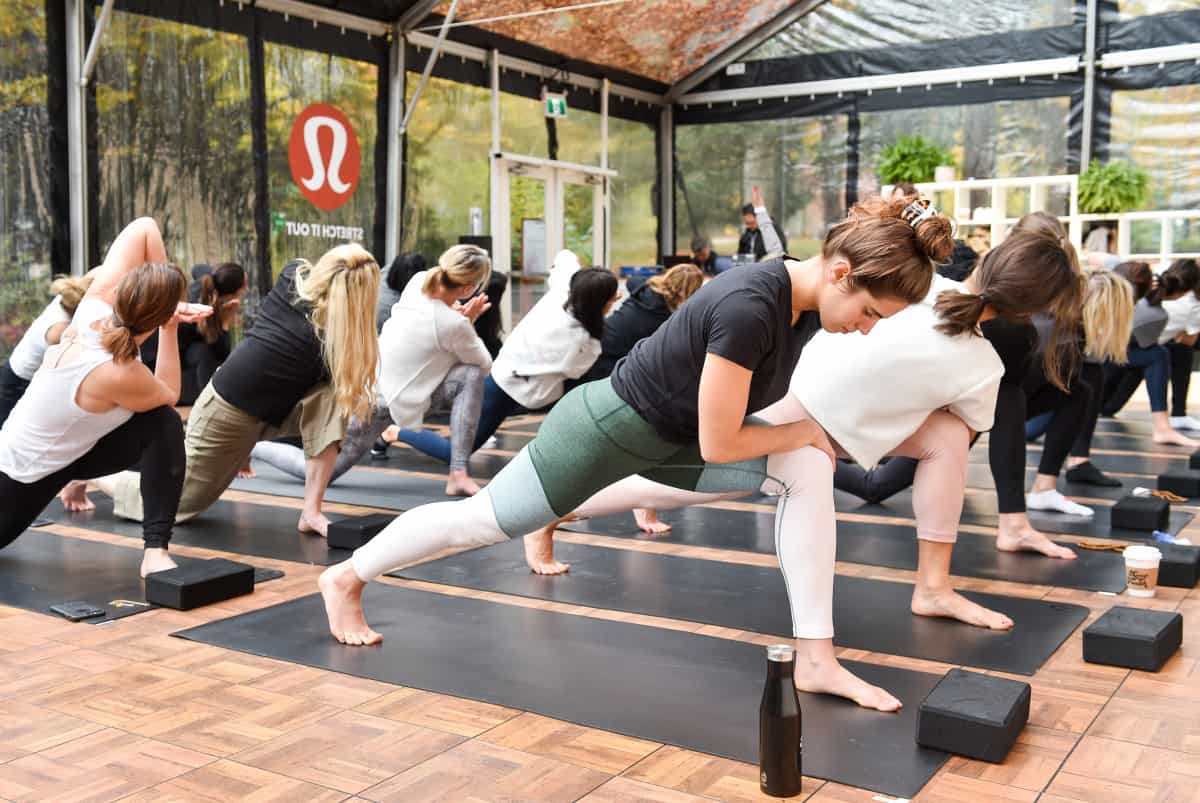
Sephora, a popular make-up brand, use the ‘Sephora Colour Match’, cutting edge technology with an augmented reality experience that helps consumers pick out the perfect shade of foundation.

Why is in-store experience becoming so important?
People are craving that human connection. Despite living in a world where we can acquire almost anything with the click of a button, this digitally raised generation wants to see, test and touch products in-store. In fact, data from the Office for National Statistics shows that just 25% of UK retail sales were made online in January 2022, the lowest since March 2020! After a disconnected couple of years due to the pandemic, shoppers are hungry for those in-store personal experiences.
Having an in-store niche is a great way to make your brand more recognisable and stand out among the vast competition. We also know that if shoppers can touch and interact with products in-store then they’re more likely to feel ownership of it, which subsequently increases the chances of them purchasing it (read more on the importance of touch).
The above examples highlight that those who are brave enough to think outside the conventional box are the ones who flourish on the high street in this age of digital. If high street brands want to keep up, they need to create a more imaginative, emotional, and immersive customer experience that encourages people to step away from their screens.
How can Spark help you?
At Spark Emotions, we understand that the in-store journey is a much more emotional one than online, our omnichannel research has helped our clients gain a deeper understanding of their customers’ needs in-store.
Why not get in touch with us and find out how we can help you understand if your experiential retail is having the impact you hoped?
Related articles:
If you found our blog “Experiential retail – how retailers are wooing shoppers back to in-store” interesting and want to understand more about shopper research, then read one of our articles below on What’s the difference – shopper vs consumer? or try Why are we drawn to faces on Point of Sale?

Written by Evie Harris-Jenkins, Research Executive at Spark Emotions.
If you have any questions, feel free to reach out to Evie via email evie.harris-jenkins@sparkemotions.com or connect on LinkedIn



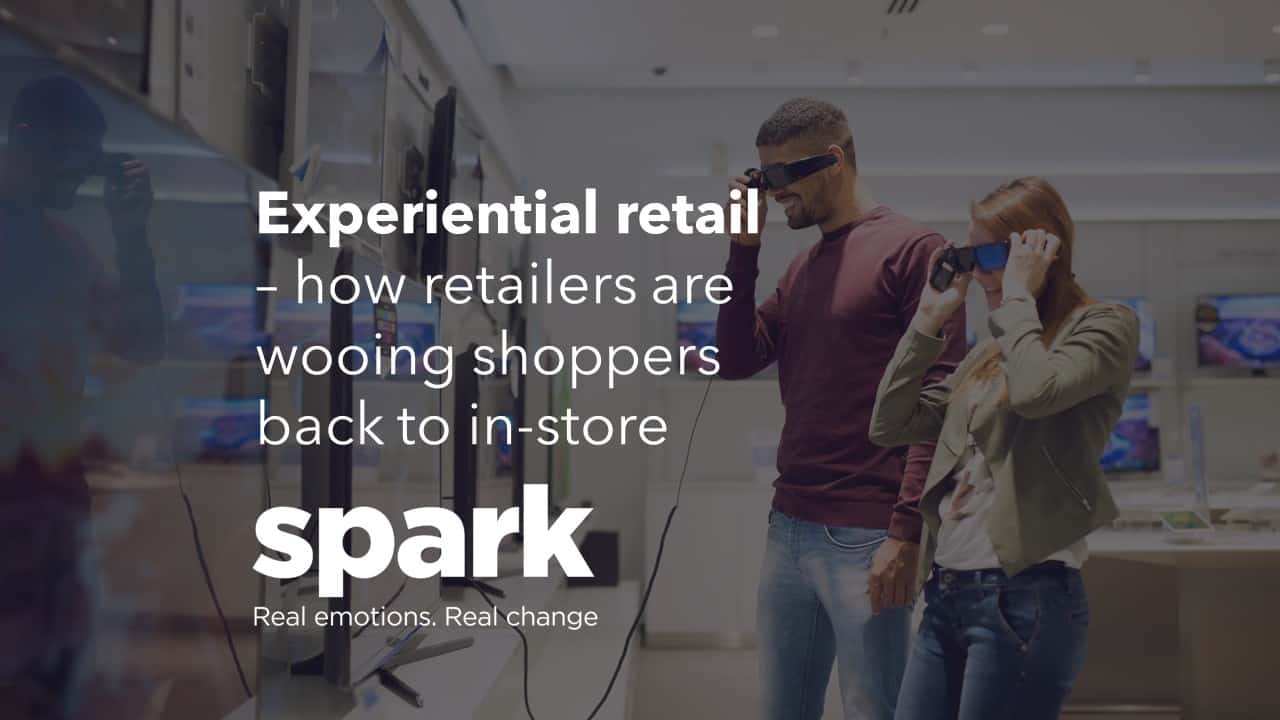


One thought on “Experiential retail – how retailers are wooing shoppers back to in-store”
Comments are closed.